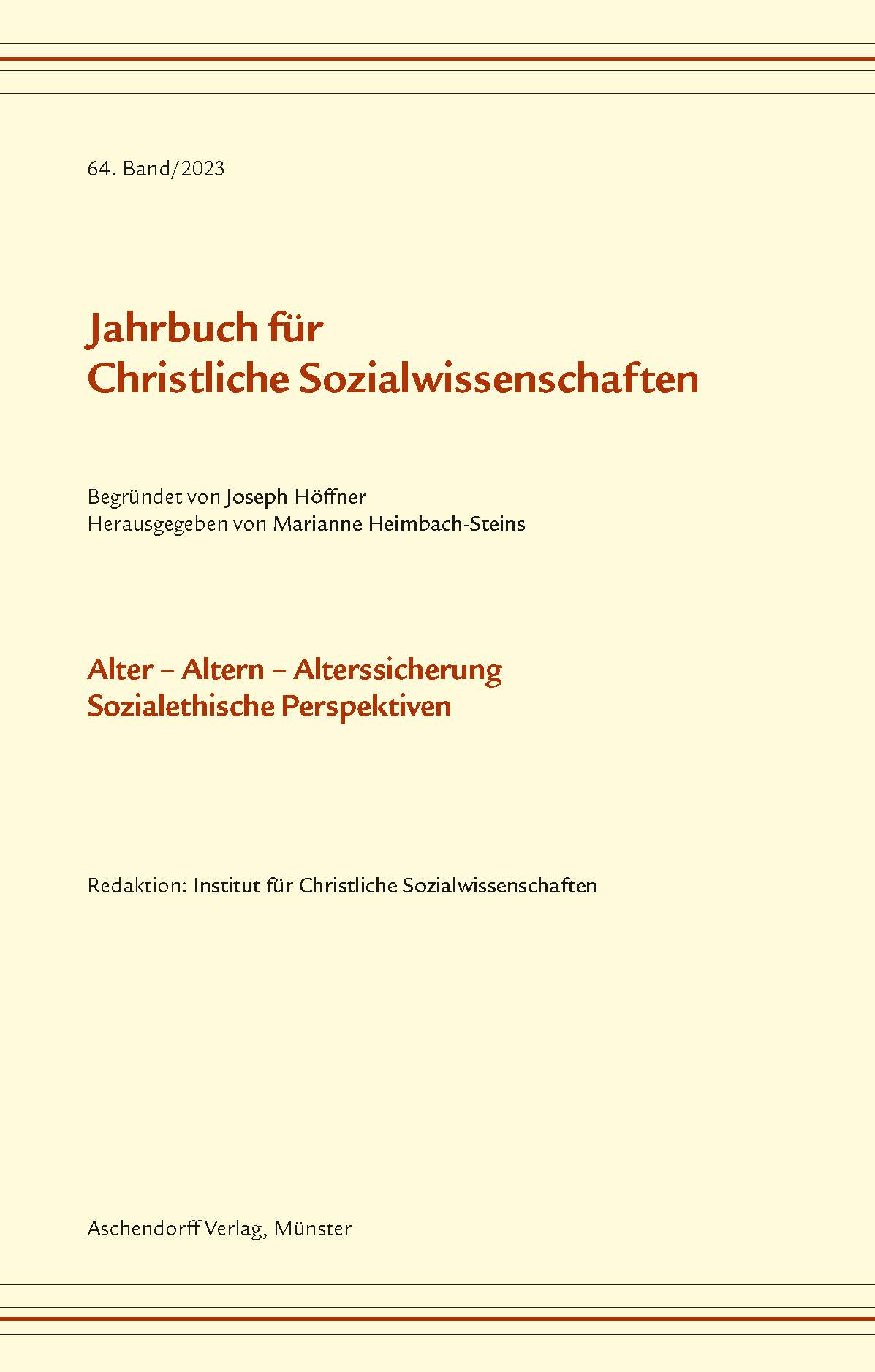Alterssicherung hat viele Facetten
Schutzbedarfe für ein abgesichertes Leben im Alter
DOI:
https://doi.org/10.17879/jcsw-2023-5059Abstract
In a high life-expectancy society like ours, the period of retirement without work is an expected phase of life for the vast majority of people. And many want a secure life in old age, not only for themselves, but also for others. In this article, we briefly outline some historical developments of old-age provision. The pay-as-you-go system introduced with the pension reform of 1957 is understood as having a distinct advantage of being largely protected against inflation and capital loss. With the shift to privately funded old-age provision, old-age security has again become much more insecure. Old-age poverty is again becoming an issue, with rising rates for older people who are either affected by poverty or at risk of poverty. Taking housing as an example, we illustrate how older women tenants living alone are especially financially overburdened by housing costs. The partial privatisation of old-age provision does not protect those groups from old-age poverty who cannot make sufficient provisions. Instead, old-age security should be designed in such a way that it provides secure retirement incomes for all and reliable protection against deprivation and hardship in old age. Strengthening the pay-as-you-go statutory pension insurance — with its solidarity-based elements, dynamic annual pension adjustments, and protection for surviving dependents — is the best way to achieve this.

